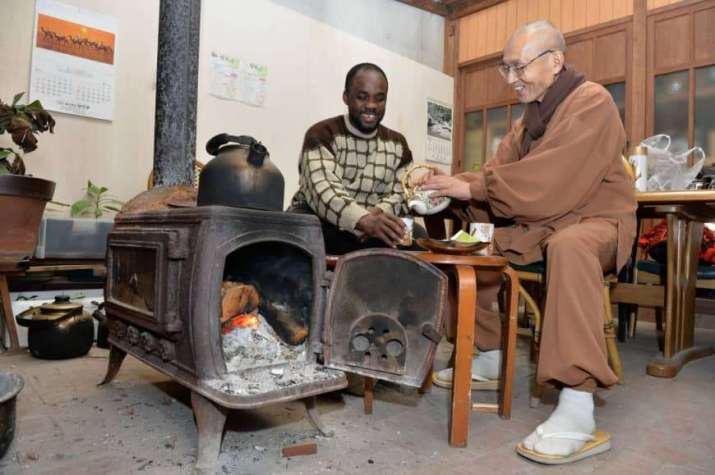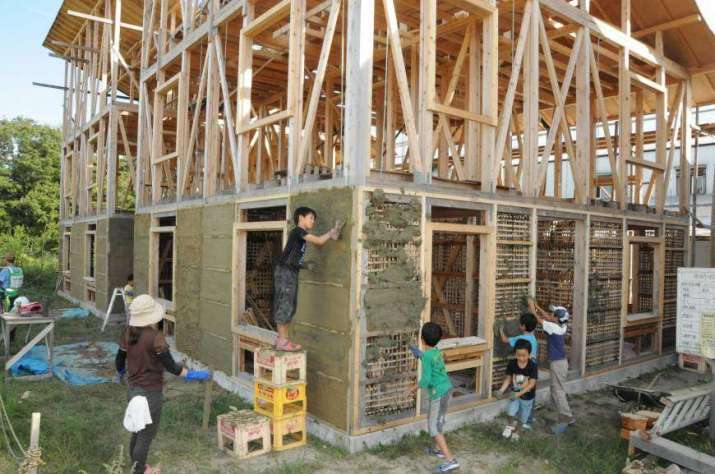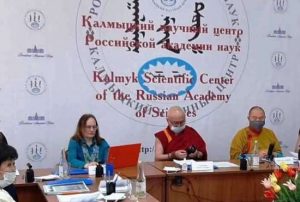
Zen priest Shucho Takaoka knows a thing or two about the value of compassion in times of need based on personal experience. This insight has led him to turn his temple, Tokurin-ji, in the central Japanese city of Nagoya, into a welcoming refuge for the displaced and dispossessed.
Under Takaoka’s guidance, Tokurin-ji, which is affiliated with the Soto school of Zen Buddhism, offers a place of temporary shelter for people in need, including refugees, asylum seekers, victims of domestic violence, and even students, while also serving as a community center for like-minded individuals and local residents.
“Some people call our temple kakekomidera,” said Takaoka said, referencing a term used to describe Edo period (1603–1868) temples that offered shelter to women fleeing their husbands. (The Japan Times)
Now 75 years old, Takaoka took over the running of Tokurin-ji from his father, although he did not enter the priesthood until he was 37.
At the age of 26, feeling disillusioned with society, Takaoka decided to turn his back on the temple and the life he knew in japan, and head instead to Nepal, However, soon after arriving he succumbed to diarrhea and a high fever but a local Chinese man took pity on his plight and gave him free accomodation while he regained his health. Takaoka would go on to spend some 10 years in Nepal, during which time he helped to preserve Buddhist scriptures written in Sanskrit.
After returning to Japan, Takaoka succeeded his father at Tokurin-ji in 1985 and set about constructing a lodging at the back of the temple’s main hall that could serve to house foreigners seeking help—just as Takaoka had experienced in Nepal. He named the shelter Shantikuti, Sanskrit for “peace house.”
In 2011, Takaoka began expanding his hospitality capacity with two two-story wooden guesthouses on the temple grounds. The new structures have enabled Takaoka to offer temporary refuge for people being aided by refugee support groups, and to support their applications for refugee status in Japan.
While the buildings were designed by professional architects, construction was undertaken by volunteers and a local carpenter. Even the local children were invited to help pack the traditional earthen walls of the buildings. “It’ll give everyone the chance to feel that they have created this house with their own hands,” said Takaoka at the time. (The Japan Times)

The size of the project soon grew beyond the scope of the original design, and includes a water tank and solar panels, and toilets that utilize biomass technology. The temple also aims to offer space for like-minded people to exchange information, organizing community events to teach permaculture—creating a sustainable society in which people live in harmony with nature.
“I don’t want to depend on large systems like nuclear power plants. I want to provide people with a definite image of a world without nuclear power,” said Takaoka. “I also hope that the house will become a place for people to learn about different lifestyles such as those experienced by people including foreigners or disabled people.” (The Japan Times)
More recently, some elderly local residents have been cultivating vegetables on a small plot of land alongside the guesthouse.
Most of the temple’s activities are funded by donations from supporters in the local community, but Takaoka says he tries to ensure that as much of the money as possible goes toward helping people in need. “I renovated the temple roof myself to save money, so I hope they will forgive me,” he said. (The Japan Times)
“I just want to help people in difficulty,” Takaoka emphasizes simply. (The Japan Times)
See more
Zen Buddhist priest touched by kindness in Nepal offers shelter to those seeking refuge in Japan (The Japan Times)
Nagoya temple erects Home-for-all for guests (The Japan Times)














